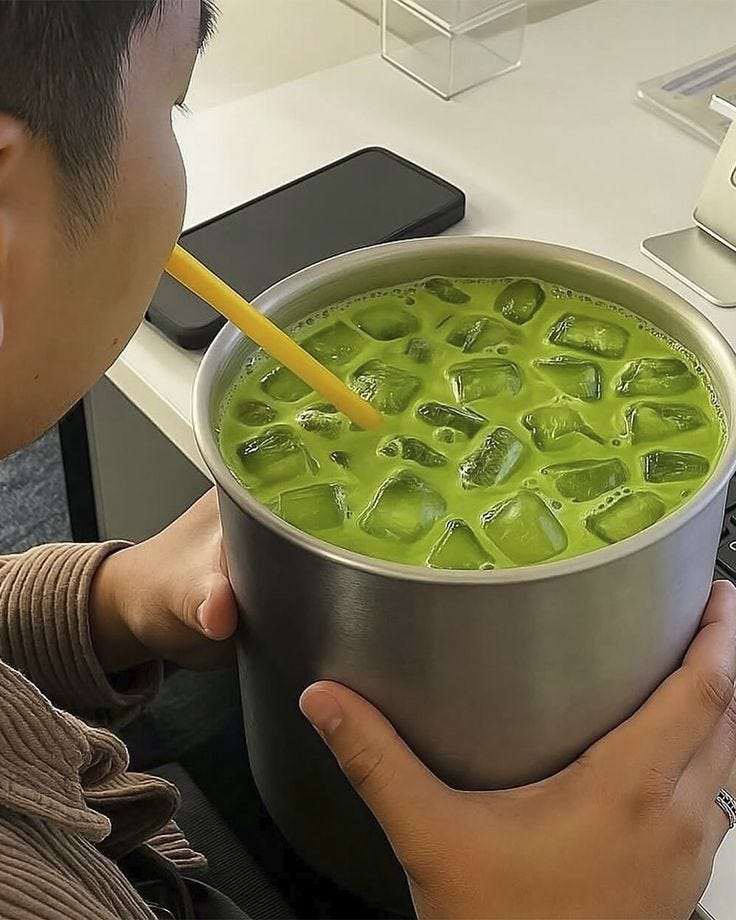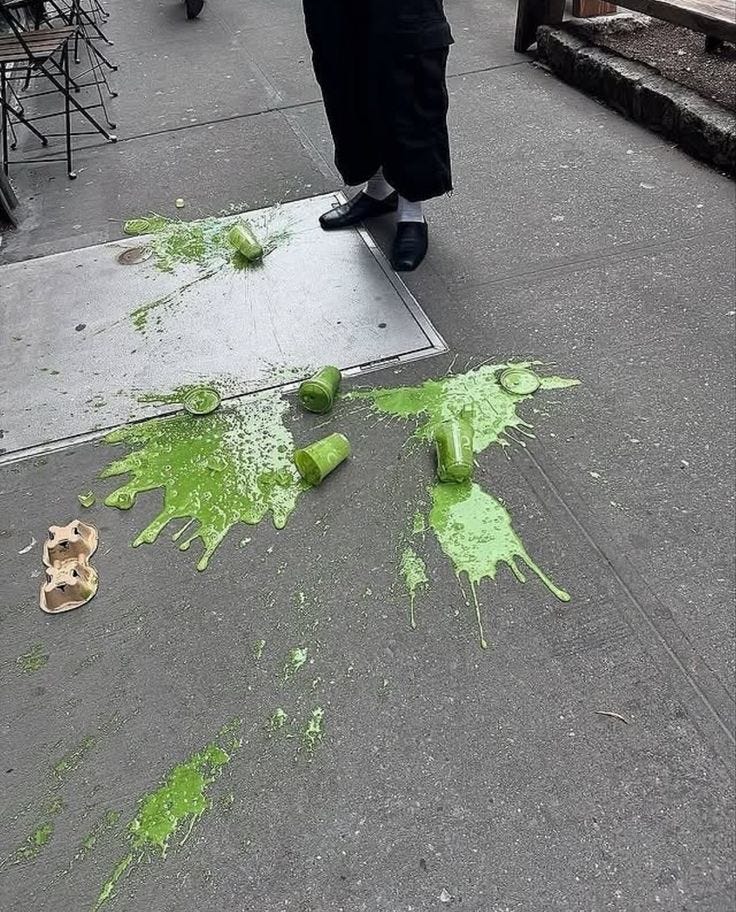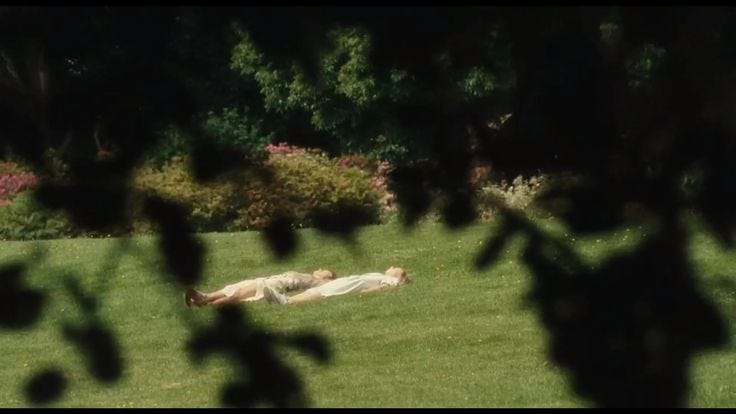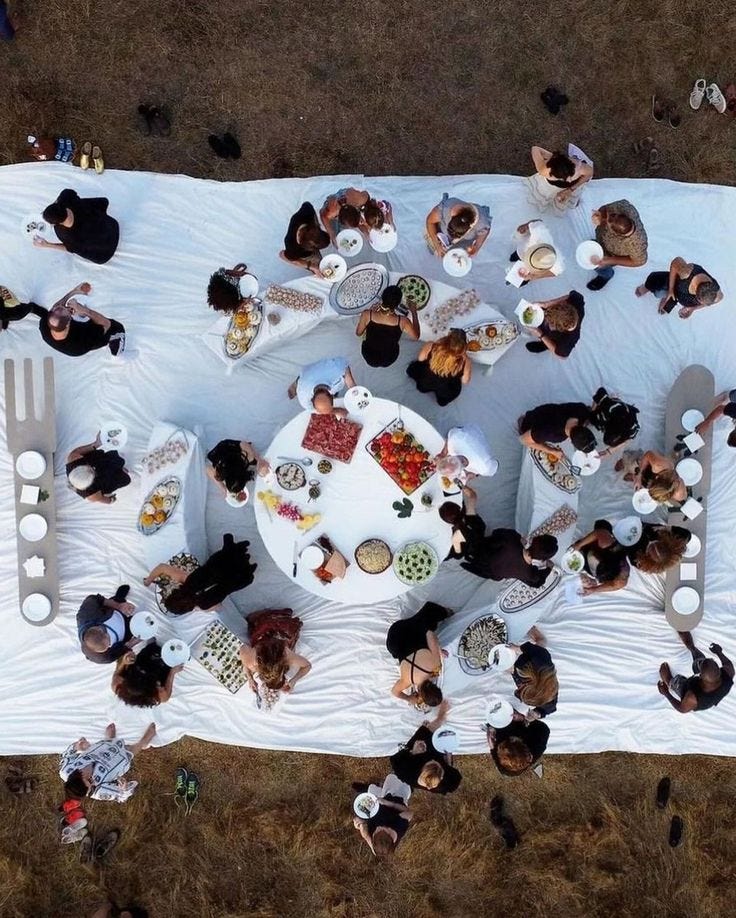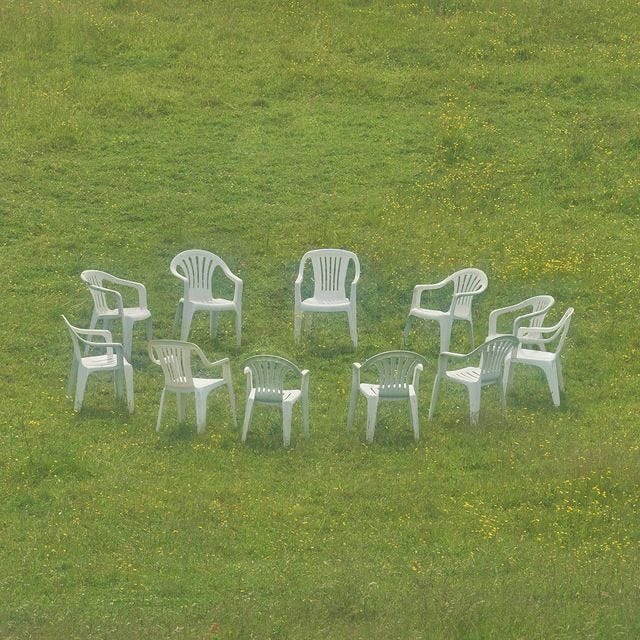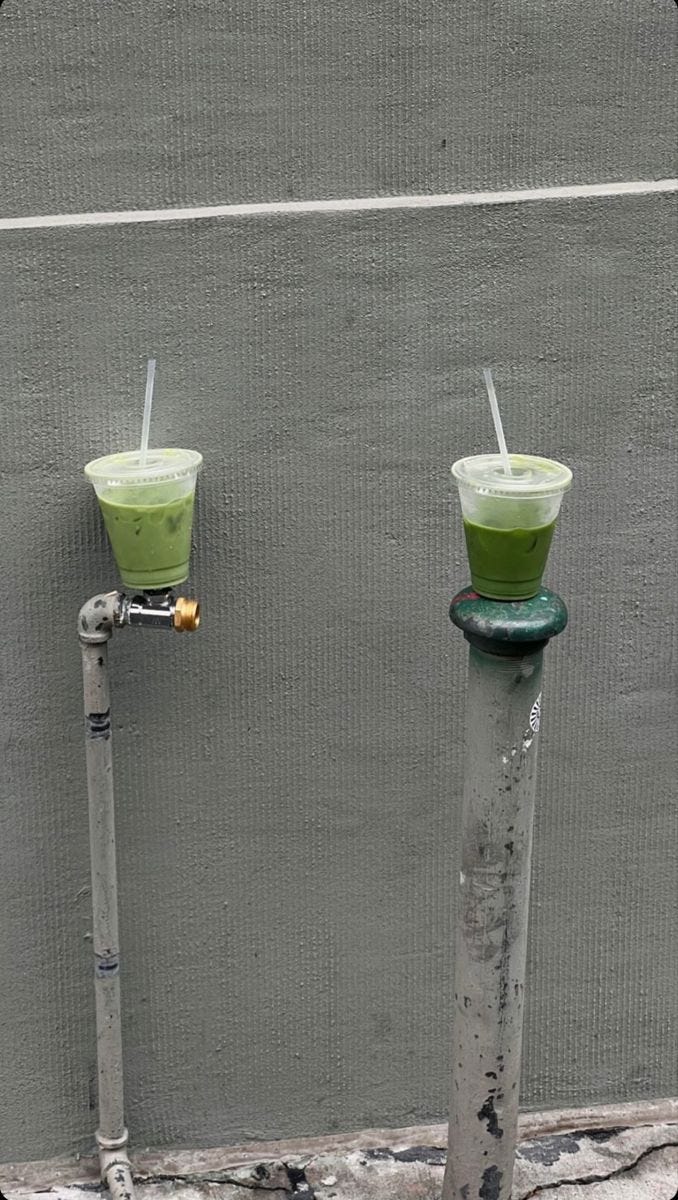Why Did You Buy That Matcha? Spoiler: It Wasn’t for the Taste
A matcha ritual, a green aesthetic, and the longing to belong.
What if that matcha you bought wasn’t about the taste at all? In this personal essay, we follow a journey that begins with a green drink and unravels into something deeper — the stories we consume, the aesthetics we chase, and the communities we quietly long to belong to. From the power of branding to the soul of storytelling, this is a reflection on identity, desire, and the beautifully human need to feel seen.
By Hana Khalil
No, I didn’t fall for the Labubu craze — with all due respect to the collective obsession. It’s just not my vibe. But I’ve fallen for other crazes, equally viral and carefully choreographed by the algorithm. The other day, I found myself crossing the city just to try a matcha dessert that went viral on TikTok. In case you're wondering, the coffee shop is called Pantry, and it’s on Melrose here in Los Angeles. On Valentine’s Day, my feed was flooded with videos of matcha syrup dripping over strawberries, all under an irresistibly green aesthetic. And as a true enthusiast of the drink that embraces you — and ironically causes heart palpitations (matcha lovers, you get me) — there I was, the very next day.
But here’s an important detail: my obsession didn’t start there. I’m the kind of person who looks up matcha reviews before traveling, who saves matcha-making ritual videos on Pinterest, who follows creators explaining the difference between ceremonial grade and culinary grade. I’ve fallen deep into the YouTube rabbit hole watching documentaries about matcha farms in Japan. For me, drinking matcha isn’t just drinking matcha. It’s a ritual, a lifestyle — almost an identity. It’s not just about taste: it’s about aesthetic, intention, presence.
The shop? A charming little spot, filled with stylish people, perfect lighting, beautifully designed packaging. The matcha? Fine. The experience? Confusing. I stood in line, stood up while drinking it, was served in a rush. And still, I stayed. And yes, I went back.
What took me there wasn’t the drink. It was the desire to belong. To live that aesthetic. To step into the story that was told to me in 15 seconds. I felt included. I felt seen. And when a brand makes you feel that way, it’s nearly impossible to resist.
And this is where the real conversation begins: community. It’s not just a buzzword, or a random group of followers around a product. A real community is built on identification. It’s seeing yourself in others. It’s the invisible thread that connects people who may never meet but share values, desires, codes. It’s the skateboard that connects those who’ve broken both arms trying a trick. It’s the sport that brings together those who sweat for the same goal. It’s matcha that unites lovers of aesthetics, of ritual, of silence and green caffeine.
As a founder, I learned this the hard way: you don’t sell and then communicate. You communicate first — and then you sell. Before the product comes the idea. Before the store comes the story. Before the conversion comes the bond.
People want to follow people. They don’t just want to buy a soap — they want to know why you made it. What was the itch you couldn’t scratch? What frustration in the market moved you? What desire for beauty lit the spark? People want to be “in line” not just for exclusivity, but for connection.
At Canoa, our studio that builds brands from scratch, we live this from the inside out. Our internal culture — and the one we co-create with clients — is designed to be community. A space where energy is aligned, where people feel seen, where belonging is real. In that context, community management isn’t just a job title. It’s both thermometer and compass. This person listens to what the community wants, reads the signals, anticipates the conversation. They study behavior, read between the lines, and cultivate the sensitivity to notice shifts — often before they happen. They manage the tone of the dialogue, the temperature of the relationships, and the emotional consistency of the brand. And more and more, I see how this role is non-negotiable for brands that want to be more than just a pretty logo.
As I said in the latest edition of my newsletter: coherence is everything. You can’t say you believe in collaboration and hire people who operate from ego. You can’t preach softness while building a toxic culture. You can’t hope to attract an audience you don’t share a worldview with. The energy needs to match. I’ve always been skeptical of the idea that opposites attract. Sure, chaos can be sexy — but it rarely builds anything lasting. Enduring relationships, inside or outside a company, are built on alignment. On people looking in the same direction. When it comes to branding, what sustains the long-term is affinity and admiration. It’s shared vision. It’s truth.
When we co-create a brand with a client, we’re translating something that already existed inside them. A thought, a restlessness, a worldview. The brand becomes an extension of that person’s psyche — a way to express who they are and what they believe. And because it’s so authentic, it resonates. It creates almost instant connection. Because when a brand is born from something real, it carries a very specific vibration. And that vibration attracts. It draws in those who think alike. Those who feel the same. It generates identification. In the end, a brand is almost like an emotional artwork: a piece of the creator left out in the world.
Building community might be the hardest — and most valuable — thing a brand can do. Because when it exists, it supports the branding, inspires the product, and fuels the desire. It’s the fertile ground where everything grows. A brand is what people feel. Branding is what you do to make that feeling happen.
You know a brand has arrived when someone says “great taste and architecture” and you immediately think of Aesop — a brand that turned handwashing into a sensory manifesto. Everything about it communicates: from the label’s font to the shop’s silence. Or when someone says “well-made clothes” and you think of Bode. Each piece holds memory, technique, and story. They’re not garments — they’re soulful heirlooms. The same goes for brands like Fenty Beauty, created by Rihanna out of the personal frustration of not finding inclusive shades on the market. Or Nécessaire, which was born from the belief that body care should have the same ingredient standards as facial skincare. Or Lily’s, known for its no-sugar-added chocolates, which came from a desire to indulge without guilt — and is now beloved by people who care about both taste and clean ingredients.
These brands didn’t just start from a clever business idea. They started from real pain. From personal stories. From gaps no one was addressing — until someone decided to do things differently. And that’s exactly what connects. That’s what builds community. That’s what creates loyalty.
But community isn’t built overnight. It grows from ongoing conversations. From honest narratives. From listening deeply. It’s born when you stop talking about what you’re selling and start talking about what you believe in.
And if you’re lucky enough to gather people who are on the same frequency — who don’t just want to consume your brand but live it with you — then you haven’t just built a business. You’ve built a place. An emotional home. A symbolic territory where people see themselves, feel represented, and want to belong.
Because in the end, that’s what it’s all about: identification. Putting something into the world that resonates with someone else. Being so true to yourself that your truth becomes a beacon. And then, the ones who vibrate like you will find their way to it.
Because yes, opposites can attract. But it’s the like-minded who build together.
So now I’m curious: what’s your matcha? That thing you keep coming back to — not just for the flavor or function, but for how it makes you feel, the story it lets you tell. I’d love to hear what rituals, aesthetics, or tiny obsessions have become part of your identity. Let’s turn this into a shared moment — because connection, after all, is the most powerful brand of all.
🖼 Missed the last edition?
The Art of Comedy: Why We Laugh — and What It Says About Us 🎭
In our previous edition, we unpacked the subtle genius behind great satire, the cultural codes behind what different countries find funny, and how humor — especially when self-aware — might just be the sharpest lens to look at life.



